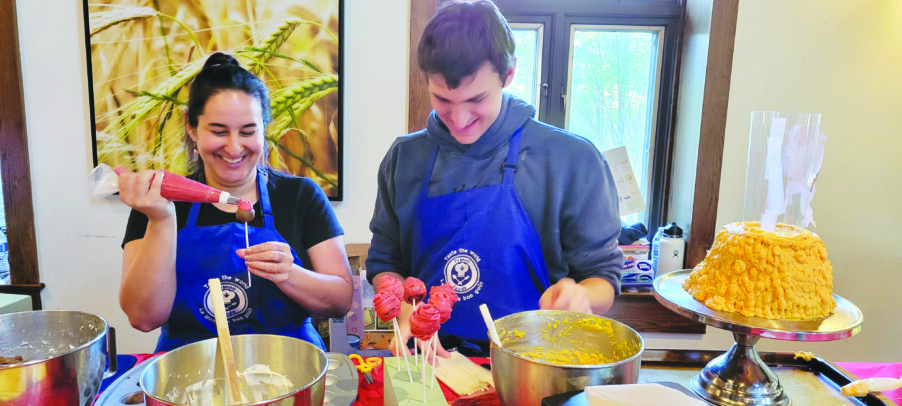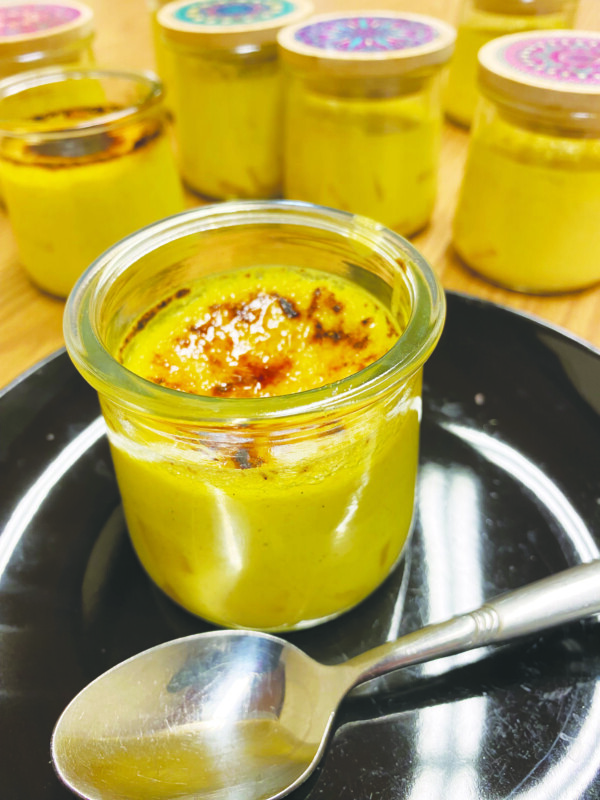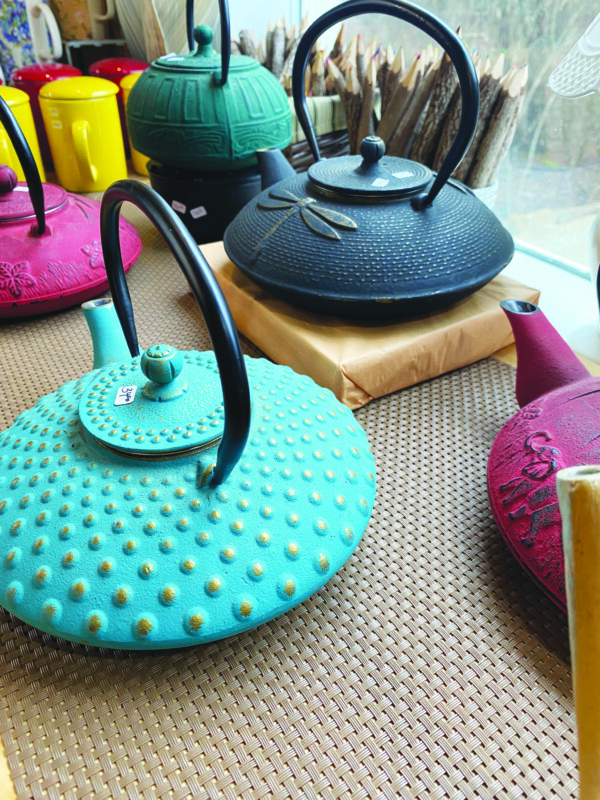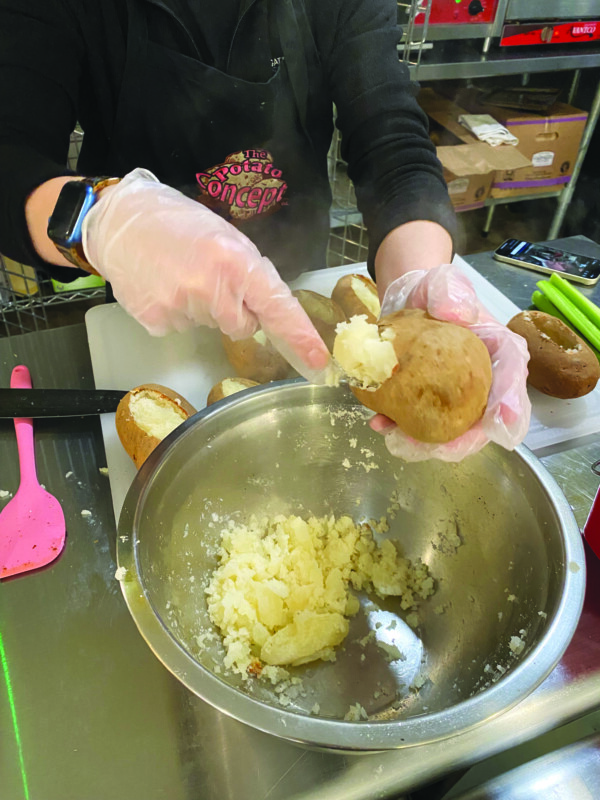This year’s theme is plays and musicals
How much do you know about the French-speaking world other than France or Quebec and could you express that knowledge in a cake?
On May 18, 10 teams of amateur bakers will have an opportunity to do just that at the Franco-American Centre’s Third Annual Fleur Délices, a cake-decorating competition dedicated to spreading knowledge about the Francophone world. Teams will bring everything they need to build elaborately decorated cakes with a French or French-influenced theme.
“This goes hand-in-hand with our mission at the Franco-American Centre,” said Nathalie Hirte, the event’s organizer, “to introduce people to the world outside the France/Quebec box.”
For the event’s first year the Fleur Délices’ theme was French-speaking countries around the world, Hirte said.
“Last year, it was fairy tales; this year our theme is Plays and Musicals of the French-Speaking World,” she said. “What’s happened in the past is the contestants have looked at our suggestion list, then gone and picked something else completely. As long as their cakes meet our criteria, they’re good.”
Fleur Délices — the name, which indicates “delicate and delicious,” is a pun; it sounds like “Fleur de Lis,” the symbol of France — is inspired by The Great British Baking Show, a television baking competition known for its creativity and kindness. Like its inspiration, Fleur Délices will require competitors to make and present cakes, but unlike the television show, there will be no baking on site.
“None of the venues we’ve held the event at have ovens,” Hirte said. Competitors will bake their cakes at home, then bring them to the event along with frosting and any edible elements they need to put their finished cakes together. Teams can have one or two participants. Single-person teams will have an hour to decorate their cakes; pairs will have 45 minutes.
Each cake must have a minimum of two tiers, and one of them must be a sponge. (“That’s another influence from the British Baking Show,” Hirte said.) The icing must include at least one buttercream. All cakes must have a 3D element that is made from an edible material. Other than that, the organizers have not been overly specific about their requirements.
“We didn’t want to limit the bakers’ creativity,” Hirte said. “We just want them all on a level playing field.”
Two or three judges will walk around during the competition, visiting teams at their stations and asking questions. They will judge individual cakes on taste, texture, overall appearance, creativity and their representation of the theme. The overall winner of the competition will be chosen from an average of the judges’ scores and will be presented with an engraved cake platter.
A People’s Choice winner will be chosen by the spectators. Because it will not be possible for every spectator to taste each cake, the People’s Choice winner will be based almost entirely on appearance.
“We guarantee that everyone will get two to three samples,” she said. “The last two years, nobody has left hungry. We always get positive feedback on the event.” The People’s Choice winner will be presented with a charcuterie board.
Fleur Délices is open to bakers 16 and older.
“The past couple of years we’ve had some French teachers and their students compete,” Hirte says. “That’s been fun.”
Registration for competitors is $20 per team and is open until Friday, April 26, on the Franco-American Centre’s website. Tickets for spectators will go on sale within the next week or so through the same website.
Featured Photo: Teacher and student team. Courtesy photo.






